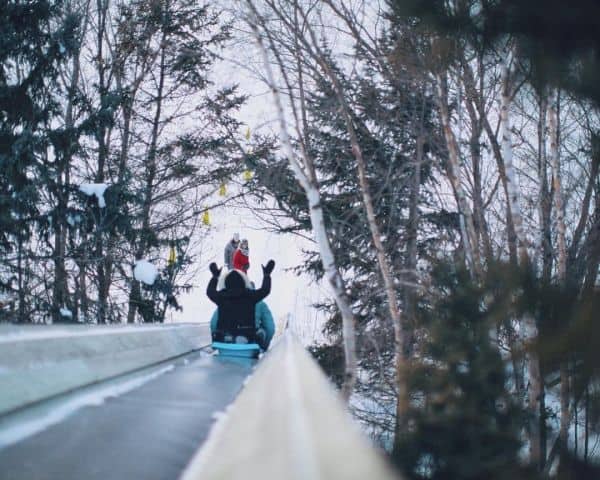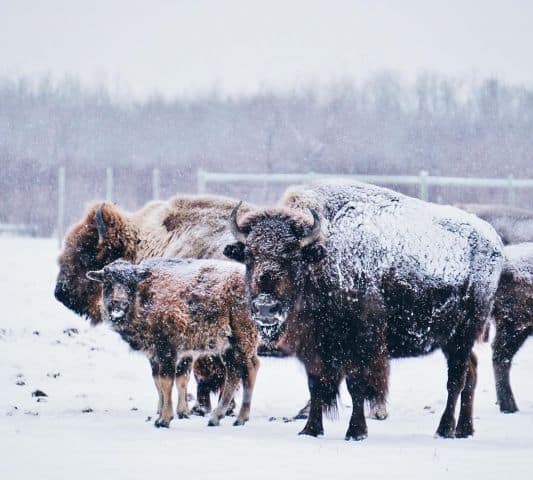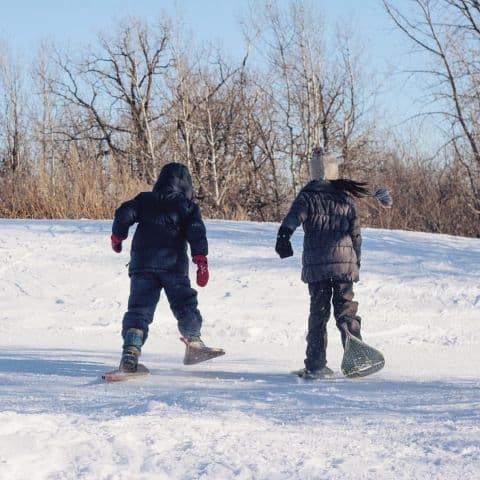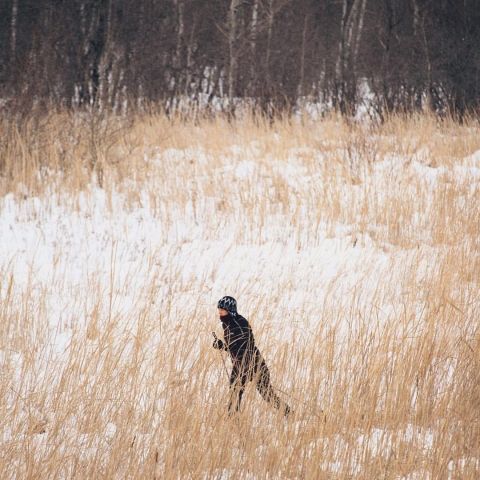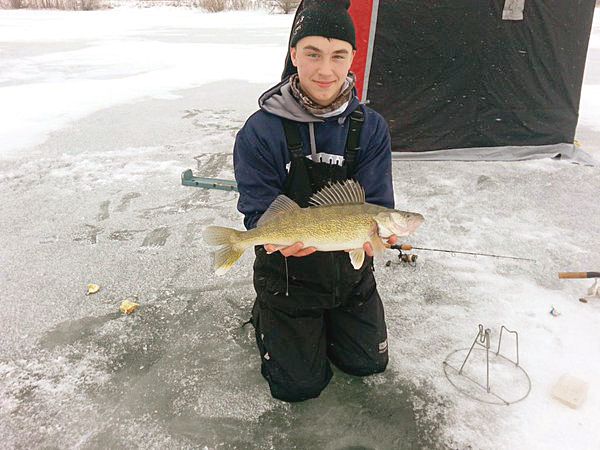Fort Whyte Alive
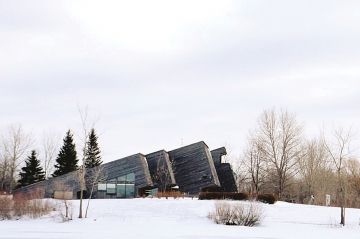
Park Size: 640 acres
Difficulty: Easy - Family
Park Amenities:
Embrace winter at FortWhyte Alive
While many people do their own version of hibernation during the snowy season, there is still ample opportunity to get out and enjoy the great outdoors. Many of the activities that make FortWhyte Alive so appealing in the summer months are still available to be enjoyed during the winter.
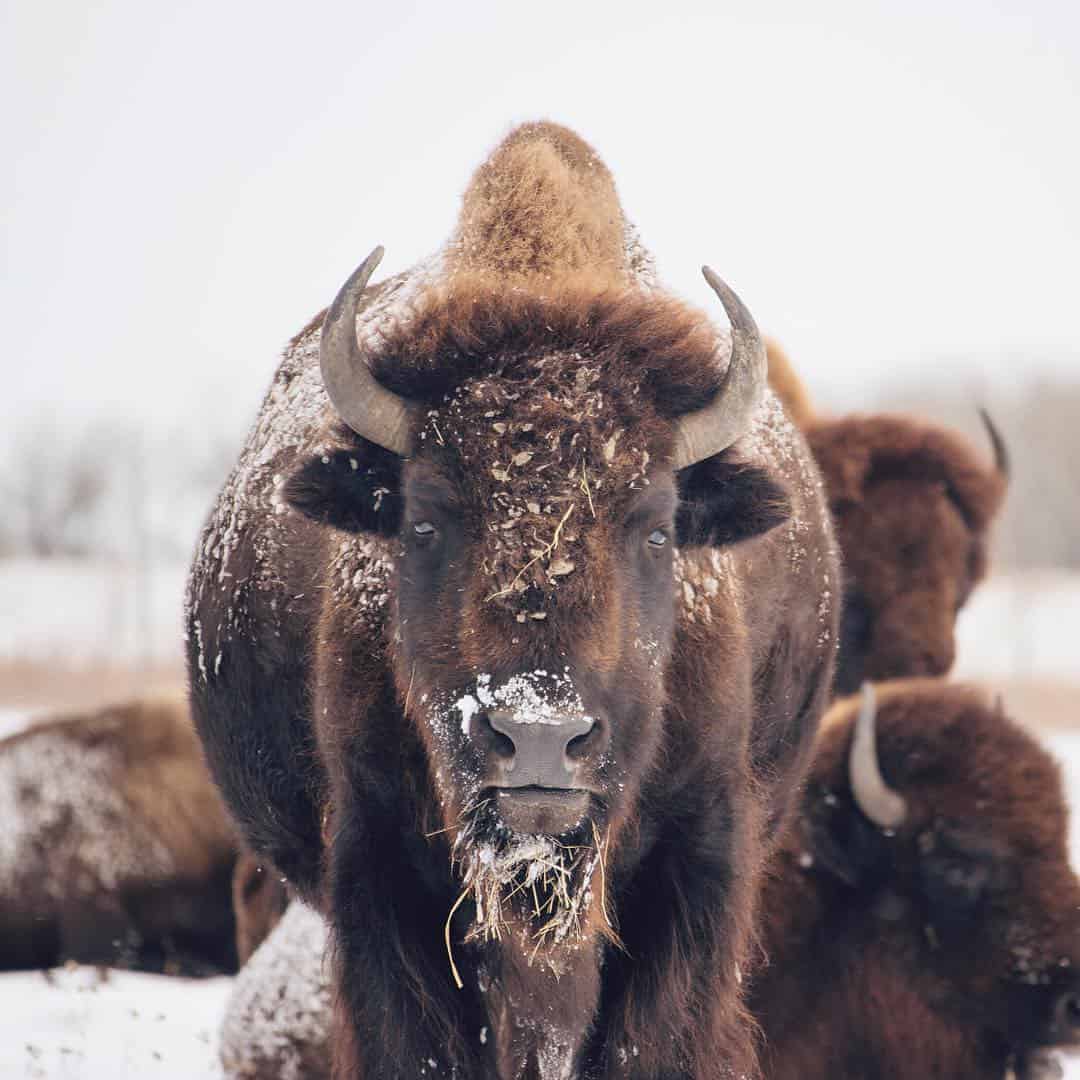
Get to know FortWhyte Alive
FortWhyte Alive is located on a section of land in south-west Winnipeg that was formally used by The Canada Cement Company, which later became Lafarge Inc., to mine clay and gravel to make concrete. Eventually, the site ceased to be viable when other sources of clay proved to be better options. By the 1950s the site was abandoned. The old quarries filled with water which in turn became FortWhyte’s five lakes, and nature began to reclaim the land.
The Manitoba Wildlife Foundation saw the potential for the location as a great wildlife habitat, and began work on the terrain. Over time, the site has expanded to 640 acres. FortWhyte has also shifted towards more educational programming, while expanding the realm of habitats within its boundaries. What was once an industrial district now features prairie grass, forest, wetland and lake habitats.
Why there isn’t a fort at FortWhyte
Unlike FortWhyte’s neighbours, Fort Gibraltar and the Upper and Lower Fort Garry, FortWhyte was never a fort or trading outpost during the fur trade. Rather, the name came from a standoff between the Canadian Pacific Railway and the people of Manitoba.
William Whyte served as the vice president of CPR, and in 1881 he oversaw CPR’s monopoly on rail transport in Western Canada. The people of Manitoba disagreed and decided to build their own rail tracks. Whyte sent in a team of armed CPR workers to block construction, and a standoff began at a site the press dubbed ‘Fort Whyte’. The standoff was resolved within a couple of weeks, but 125 years later the name Fort Whyte still remains.
The great outdoors
The seven kilometres of trail available to be trekked at FortWhyte Alive provide visitors with exercise and the opportunity to view its diverse habitats. The Green Corridor Trail is the longest at 4.6 kilometres, and stretches between the northern and southern boundaries of FortWhyte Alive.
There are four shorter paths that can be used for cross-country skiing, snowshoeing or walking. Snowshoes and Nordic walking poles are available for rent, perfect for a quick outdoor excursion.
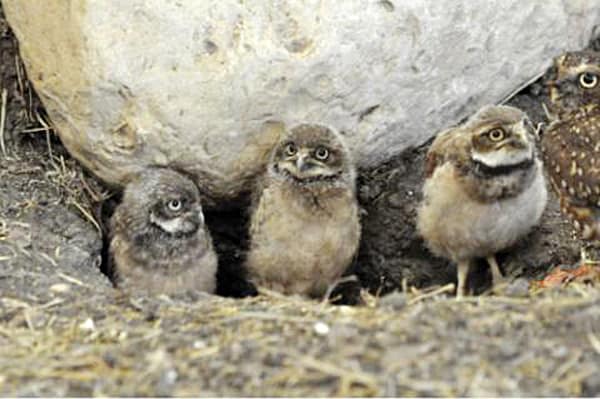 Birding
Birding
While you may think that all birds fly south for the winter, there are actually 26 species of bird that can be seen in the Manitoba skies and trees during the winter months. FortWhyte Alive provides excellent habitat and a couple of feeding stations to help lure these feathered creatures.
Frozen lakes
Colder temperatures mean the lakes of FortWhyte are frozen, but that doesn’t mean they can’t be fun! Get out on the ice for some skating, or catch some of the fish swimming beneath the ice by ice fishing.
Tobogganing
If skiing and skating doesn’t get your blood pumping enough to stay warm, you can always try out the adrenaline-inducing Richardson Run toboggan slide.
Cozy up indoors
When you’ve had all the outdoor fun you can handle, you can head inside to warm up and see what FortWhyte Alive’s interior provides.
The Alloway Reception Centre houses the Buffalo Stone Café as well as the Nature Shop. The Buffalo Stone Café is perfect for those who’ve worked up an appetite out on the trails and want a light meal, or are just looking to sip some hot coffee to help them warm up. If you’re looking for a unique gift idea, some crafts or even bird-feeding supplies, the Nature Shop has you covered.
A short walk outside will bring you to the Interpretive Centre, where there’s 10,000-square-feet of stuff to see, do and touch. The touching part comes into play at the Kiwanis Touch Museum, where people of all ages can interact with taxidermic beasts and birds, including a bison bull.
The Prairie Soil Diorama and Planet H2O provide insight into how the natural soil and watershed of the prairies have evolved over time, and what can be done to restore them to their former state. Emphasis is put on how agriculture has changed things – not just on land, but through water runoff as well, the results of which have been felt by even the young lakes of FortWhyte.
The Interpretive Centre also features two exhibits that show some of the wildlife you can see in Manitoba. The Aquarium of the Prairies shows what creatures live below the surfaces of the province’s waterways, including pickerel and turtles. There’s also the Prairie Partners Live Exhibit, featuring the endangered burrowing owl and black-tailed prairie dogs. The two have coexisted for thousands of years, with the burrowing owls nesting in the burrows that the prairie dogs build.
Visiting FortWhyte Alive
FortWhyte Alive is open 364 days a year, with Christmas Day standing as the only day the gates stay closed. Located at 1961 McCreary Road in Winnipeg, its hours are 9 a.m. to 5 p.m. Monday to Friday, and 10 a.m. to 5 p.m. on weekends and holidays, with extended hours over summer.
Address:


